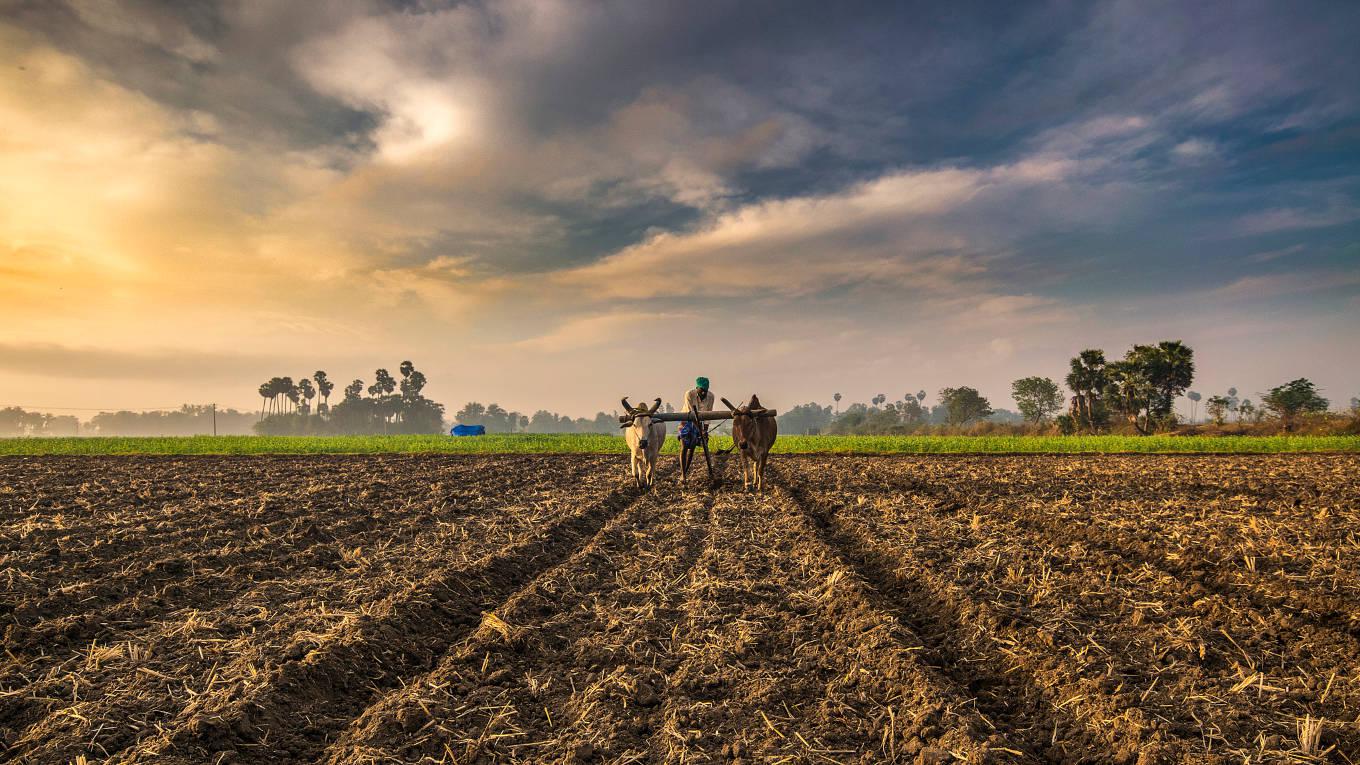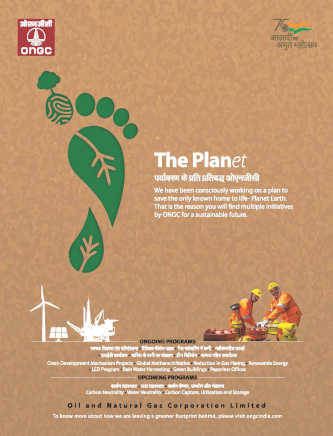This inherently multidisciplinary system – combining agronomy, agroforestry, ecology, economics and their complex interactions to guide farming and cultivation practices – has received endorsements from scientists and farmers’ organizations alike. Global and national organizations like the World Bank, Food and Agriculture Organization (FAO), Intergovernmental Science-Policy Platform on Biodiversity and Ecosystem Services, Intergovernmental Panel on Climate Change (IPCC) and NITI Aayog have touted it as the future of a sustainable world, one in which economic, ecological and human development go hand-in-hand.
A New Calculus is Needed
Today, most assessments of agriculture and food systems are based on simplistic metrics such as “per hectare productivity” and are deprived of the overarching social and ecological benefits of agriculture and food systems. It excludes important relationships that agroecological systems have with the economy, society, environment and health, and their connectedness with policy decisions.
The calculus of measuring agriculture success needs to shift from high-yield parameter to a more holistic approach that captures all visible and non-visible flows of the value chain – like natural resources, biodiversity and the co-benefits arising from soil and water conservation, carbon sequestration, pollination, waste assimilation, biodiversity conservation and nutrient cycling. These benefits, called ‘ecosystem services’, estimate the full contribution from the agroecological system and distribute its benefits to farmers in an equitable manner while improving ecosystem health.
The TEEBAgriFood Evaluation Framework (2018) demonstrates the various elements and interactions of eco-agri-food systems, a collective term covering ecosystems, farmlands, pastures, policies, culture, markets and institutions. The stocks comprise of produced, natural, human and social capitals, and encompass production and consumption activity, ecosystem services and other related factors. The interactions within eco-agri-food system further lead to outcomes that tend to impact human well-being. This framework enables a structured evaluation of all material impacts and externalities along different stages of the value chain, and can help identify priority areas for policy-making.
Further, tools like the Driver, Pressure, State, Impact and Response (DPSIR) framework adopted by the European Environment Agency, can prove useful for policy decisions. This framework assesses the causal links between driving forces (economic or anthropogenic activities), pressures (emissions, waste), states (physical, chemical, biological) and impacts on ecosystems, human health and functions, which ultimately leads to political responses (target-setting, indicators).
Implementation Across Value Chain
Along with improving the health of ecosystems and biodiversity in agriculture, it is important to ensure that financial benefits percolate through the entire value chain. The economic success of regenerative agriculture stands on three pillars: sound policies, efficient institutional networks and effective market mechanisms. The task force constituted by NITI Aayog to develop a business model to demonstrate the doubling of farmers’ income is a welcome step in this regard. Viable business models need to be explored by identifying relevant stakeholders and building a strong network of institutions. Additionally, these need to be strengthened through capacity-building and training support on regenerative agriculture along with strong market linkages for farmers.
It should be recognised that while the yield-enhancing capability of natural farming is limited, it can result in increased returns owing to reduced input costs. With the thrust on sustainability, interventions across value chains need to be relooked. For example, at the producer end, the subsidies for water and power could be diverted to incentivise judicious use of natural resources and energy or for applying natural interactions in farming. At the consumer end, there exists a potential of creating markets for organic produce. India’s organic food market is growing at 17 per cent annually and the demand for ‘clean food’ is gradually picking up. The higher purchasing power of urban consumers can be leveraged to meet the demand for quality natural foods and to grow farmers’ incomes.
One of the first large-scale initiatives is the government of Andhra Pradesh’s low-cost 'Zero Budget Natural Farming’ that aims to scale up to six million farmers and eight million hectares by 2024.
Investing in natural farming and agroecology can lead to considerable gains and help achieve far-reaching benefits including enhanced food security, increased farmers’ income, reduced inequalities, improved nutrition and health, creation of green rural jobs, and so on. In the long-term, it could help boost the economy while meeting India’s sustainability goals. The Government, states, private players, scientists and farmers could work together to pave the way for this evidence-based, multi-pronged holistic approach for a profitable and sustainable future.
This column has been co-authored by Madhu Verma, Chief Economist and Parul Sharma, Lead Researcher at World Resources Institute India. Views are personal.

























